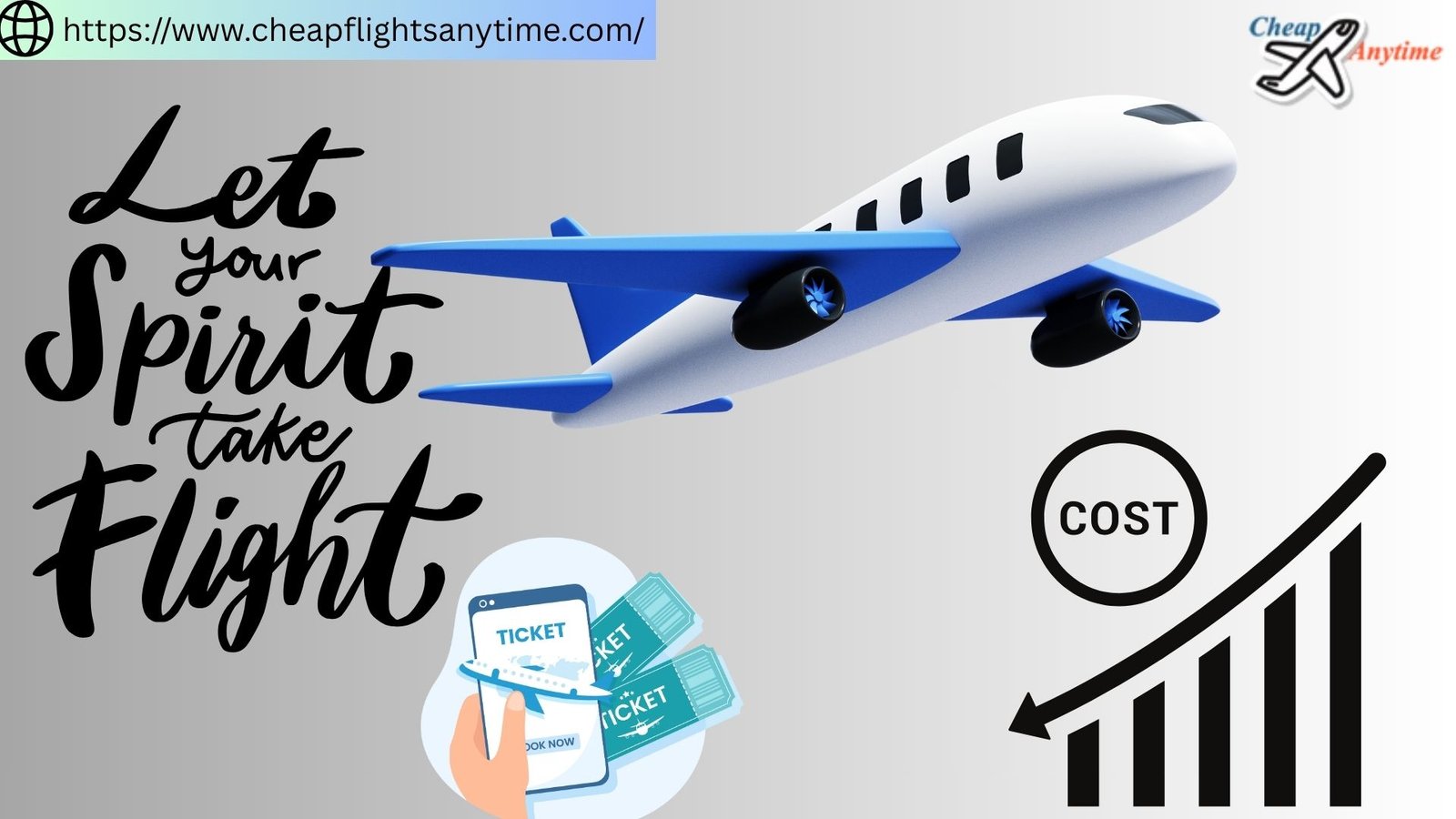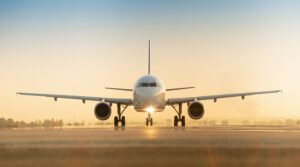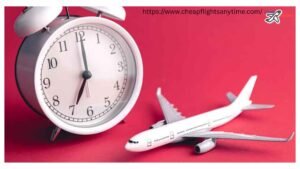Spirit Airlines probably has some of the cheapest airfares if you’ve ever looked for them online. Spirit, an ultra-low-cost carrier (ULCC), has established a solid reputation for offering inexpensive tickets that are frequently far less expensive than those offered by major airlines. But why are Spirit flights so much less expensive than those of its rivals? Let’s dissect it.
- The price of bare-bones tickets
Spirit’s “bare fare” model is the main factor that allows it to provide cheap fares. Spirit reduces the cost of the ticket to simply the seat and one personal item rather than including extras like checked baggage, in-flight food, or seat preference. With this unbundled strategy, travelers only pay for the extras they really utilize. Travelers can save a lot of money by packing light and avoiding extras.
- Extra Charges
Spirit earns money via supplementary fees even while ticket prices are low. There are additional fees for checked bags, carry-ons, seat allocations, priority boarding, and even generating a boarding card at the airport. This method allows passengers to personalize their travel experience while assisting Spirit in maintaining cheap base costs. It’s advantageous for travelers on a tight budget who don’t mind making compromises.
- Greater Density of Seats
Compared to traditional airlines, Spirit increases efficiency by packing more seats into its aircraft. Spirit improves the number of paying customers each flight while lowering operating expenses by reducing frills and tightening seat pitch. Less legroom results, yet the airline is able to maintain competitive pricing as a result.
- Reduced Costs, No Frills
Spirit does not offer free meals, entertainment, or drinks like full-service airlines do. Spirit lowers costs and maintains affordable ticket pricing by eliminating these features. This strategy makes sense for short flights where passengers may not want upscale amenities.
- Routes from Point to Point
Instead of using the hub-and-spoke model that many larger airlines employ, Spirit mostly uses a point-to-point route system. This lowers operational costs and boosts productivity by enabling them to concentrate on high-demand routes with fewer connections.
- Fuel Efficiency and a Younger Fleet
Airbus aircraft, which are often more fuel-efficient, make up Spirit’s comparatively new fleet. Two of the largest expenses for any airline are fuel and maintenance, which are decreased with a younger fleet.
- Pay Attention to Budget-Conscious Vacationers
Spirit is aware that their target market consists of tourists who choose affordability over comfort. Spirit fills seats that could otherwise go unoccupied on more costly airlines by appealing to low-cost travelers. Their marketing emphasizes value travel, which appeals to families, students, and budget-conscious travelers.
Conclusion
Spirit uses a simple pay-for-what-you-use business model, which explains why its flights are inexpensive. Spirit maintains its rates among the lowest in the industry by raising seat density, charging for extras, and eliminating pointless benefits. This enables passengers to fly for less, often much less, even if it may result in more crowded seats and less free amenities.
Spirit provides exactly what people are searching for—a seat to their destination at the lowest feasible price—for those who want the cheapest rate and are prepared to forgo comfort.






